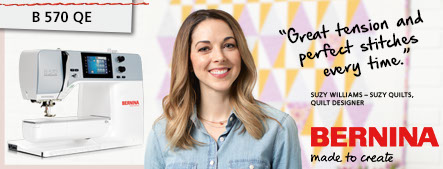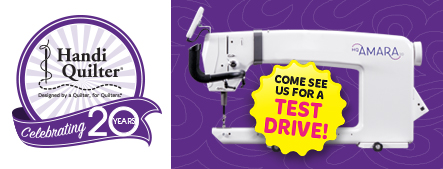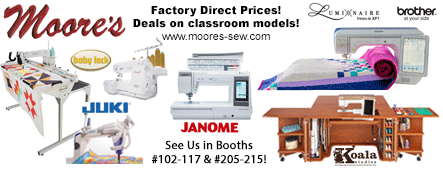A popular $5.00 Lecture at Road to California 2019 shared tips on how to be successful with fabric inkjet printing.
Led by Stephanie of easyFAb Design Studio, her company has perfected the skill of taking pictures, downloading them to an inkjet printer and printing them on printable inkjet fabrics to create memory quilts, family trees, pillows, silk scarves, tote bags, kid’s photo books, and other small keepsakes.
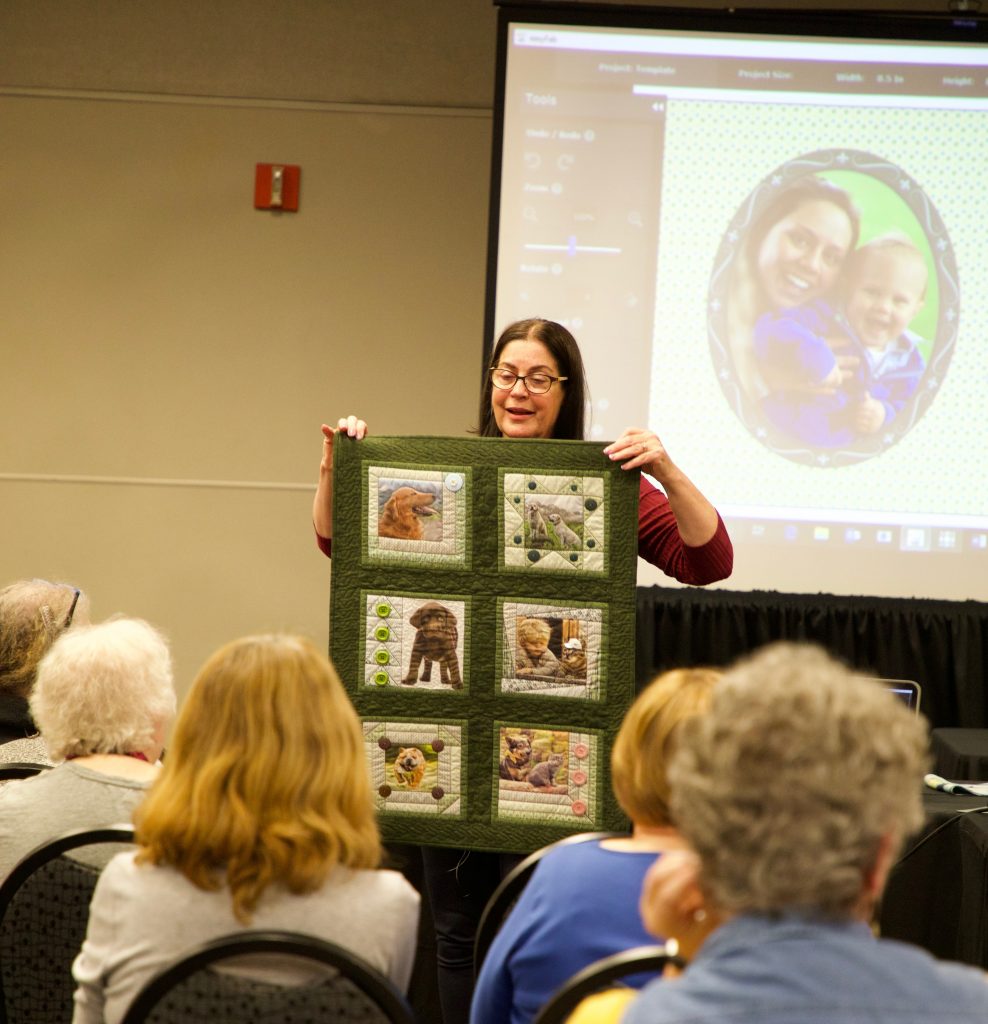
Fabric inkjet printing involves four things in combination:
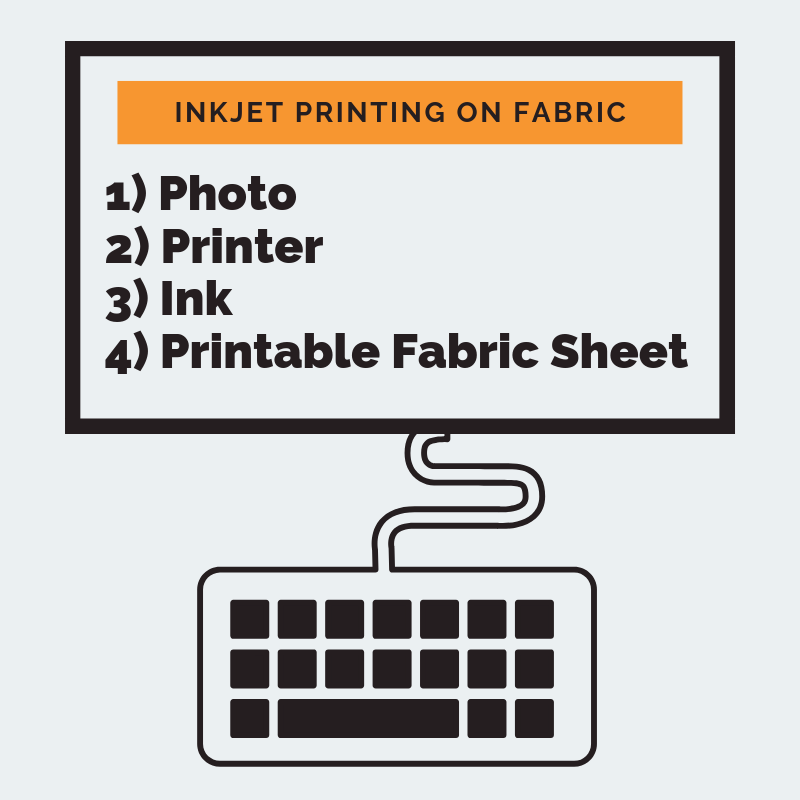
- Photo
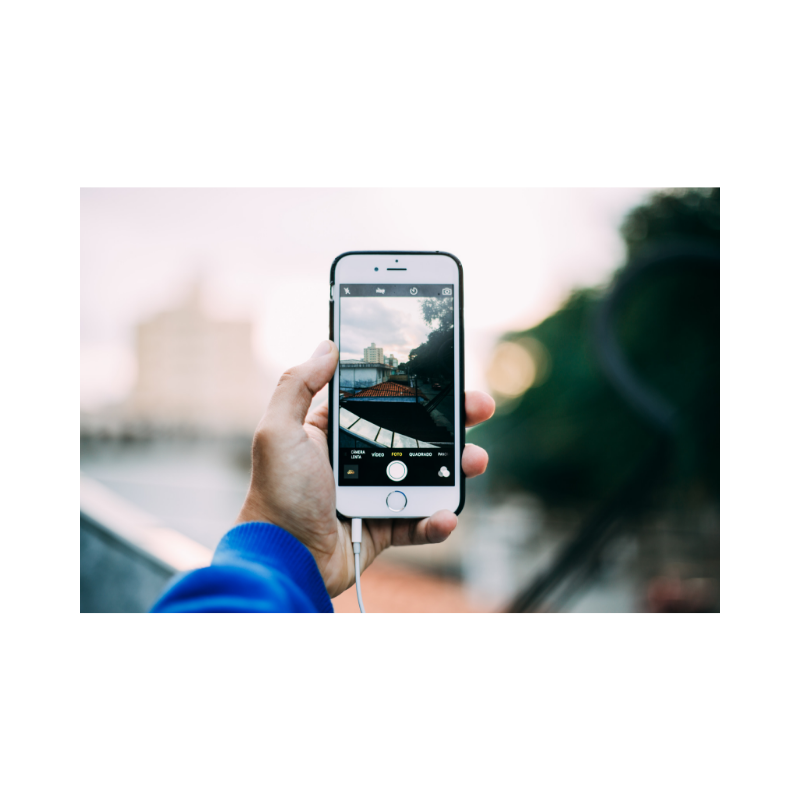
If the photo is in a camera or phone, download it to a computer. Hard copy photos can be scanned into the computer. Edit the photographs for cropping, color saturation, color density, brightness and contrast. Be careful to maintain a resolution in the range of 150-300dpi.
- Printer
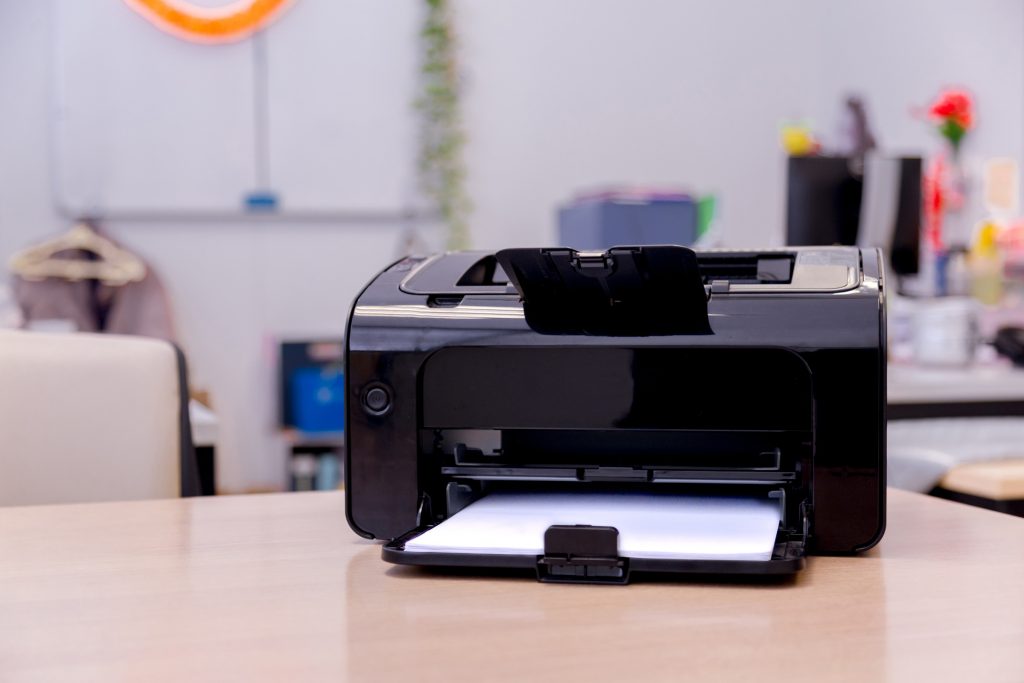
Fabric inkjet printing requires Inkjet printers. Inkjet printers are the most common consumer home printers on the market today. Laser printers do not work with inkjet fabric sheets.
Because printers are different, become familiar with basic printing features as they relate to fabric inkjet printing such as paper tray versus top feed; adjustment for height of printhead for paper thickness; and ink saturation percentages.
- Printer Ink
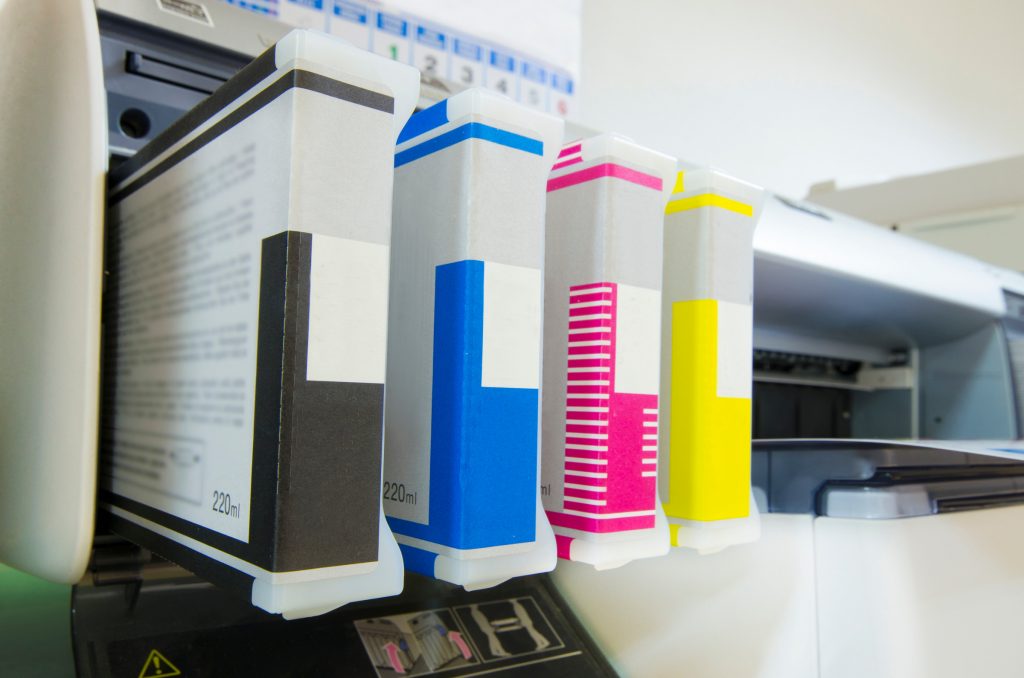
There are two types of ink that work with printable fabrics: dye-water based and pigment inks. Most home inkjet printers come with dye-based inks. While pigment ink printers are preferred for fabric inkjet printing, they are hard to find.
- Inkjet Printable Fabrics
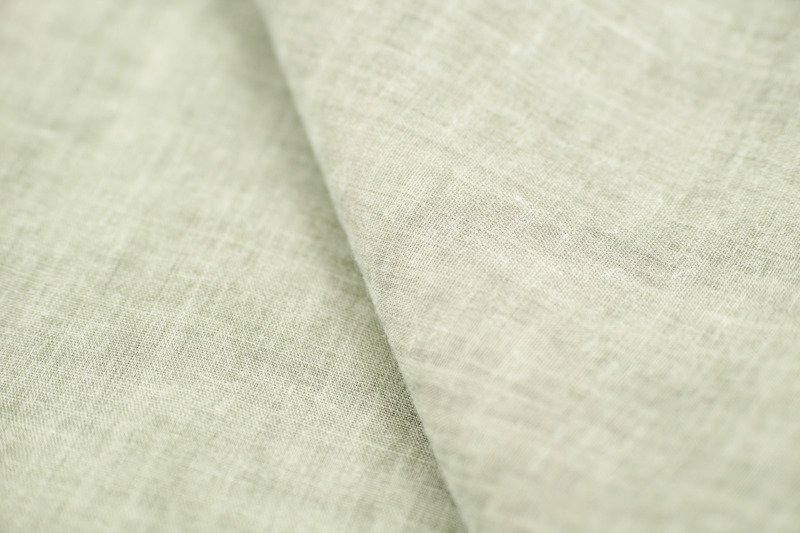
Inkjet fabrics come in both cotton blends and silks. These specialized fabrics are coated with chemicals that stabilize the ink, enabling the fabric to take high resolution prints without bleeding, allows for washing, and lets the fabric hold its original drape and feel. The fabrics used in fabric inkjet printing are backed with paper which allows it to flow through an inkjet printer. Because each manufacturer’s chemical formula is different, make sure to closely follow their directions.
Other fabric inkjet printing tips Stephanie gave were:
- When considering what photographs to use, keep in mind that inkjet fabric paper is limited in size (8.5” X 11”) as to what goes through the printer.
- Always test the printer’s coverage and saturation by first printing on a small piece of printable fabric.
- Do a test-print on paper to check for color, layout, and size.
- Remove loose threads and dust from printable fabric before printing.
- After printing, let photo rest before rinsing and washing the fabric. Beware that shrinkage might occur.
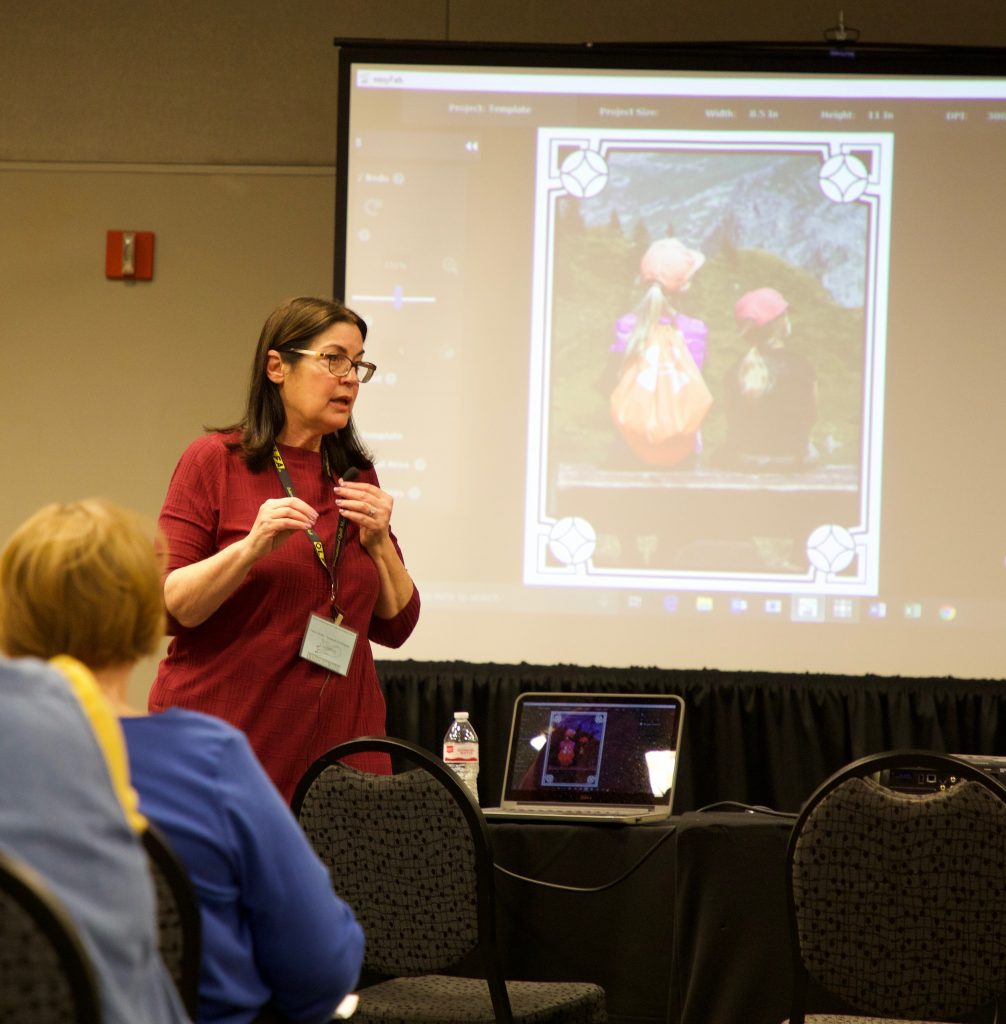
Inkjet fabric printing is a great way to personalize and preserve memories in a variety of fabric-based projects.
